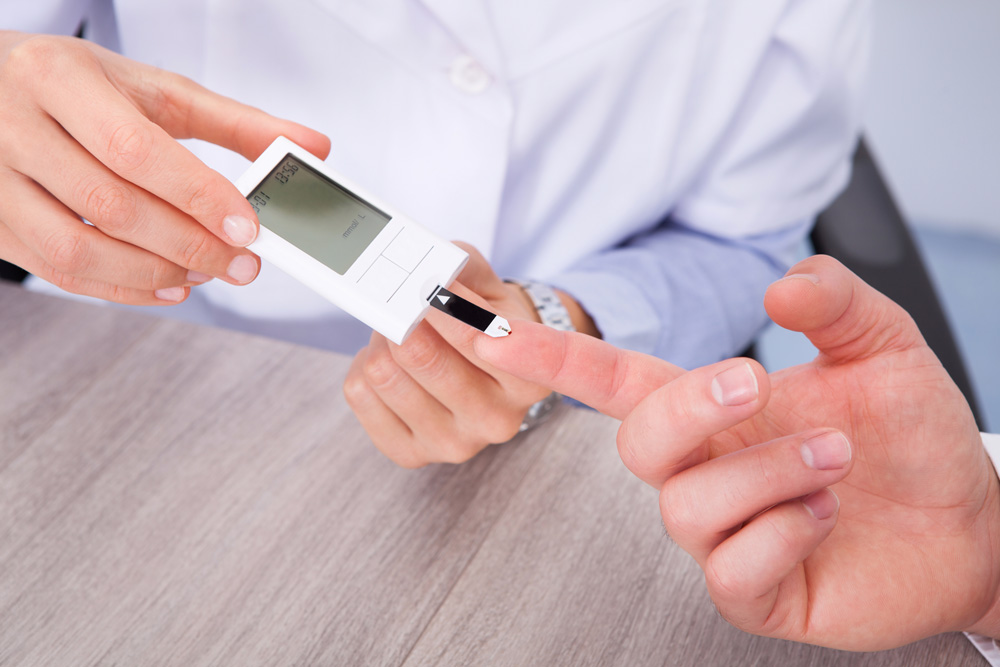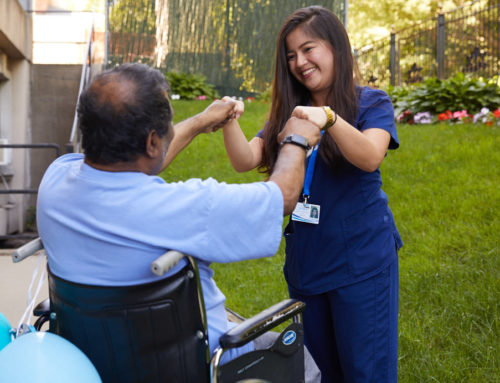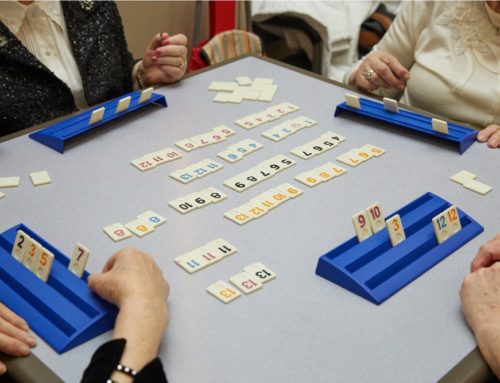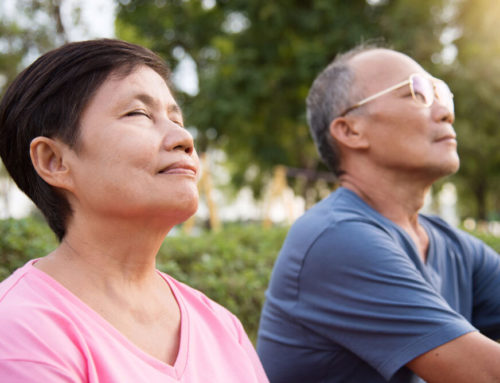Exercise That Lower Blood Sugar the Fastest
Diabetes results from the body’s inability to create or use insulin, causing dangerously high glucose levels. Exercise is one of the safest ways to temporarily lower blood sugar. When you’re active, insulin sensitivity improves, allowing the cells to convert the glucose into energy used by the muscles. Best of all, other diabetes symptoms, including mental health issues, cardiovascular disease, and obesity, also improve.
For help managing your condition, Fairview Adult Day Care Center in Brooklyn, NY, offers diabetes care, including diet and lifestyle education. Physical therapy is another vital aspect of care, including exercise programs to match your abilities and limitations. Trained professionals guide you through the activities and help you monitor blood sugar regularly to maintain safe levels.

Exercises to Lower Blood Sugar
Though there are quite a few exercises that help with diabetes and blood sugar levels, one of them is considered by many as the most effective.
Walking is the best
Walking is one of the most recommended exercises to reduce blood glucose. You can move at your own pace and gradually lower the levels without risking cardiovascular health. In fact, experts state that a short five-minute walk after a meal reduces blood sugar for up to 90 minutes. The longer you walk, the more significant the changes.
Power walking, interval walking, and walking uphill are also excellent for diabetes, as they enhance glucose metabolism, burn calories, and boost cardiovascular fitness.
Brisk walking is considered one of the best for diabetes as it improves insulin sensitivity and supports cardiovascular health.
Jogging and running
Jogging is another effective exercise to lower blood sugar and manage diabetes symptoms. This aerobic activity improves insulin sensitivity and reduces glucose levels for 24 hours or longer. The more intensive the workout, the higher the sensitivity increases, keeping your condition in check for longer.
Running also strengthens the heart and muscles, boosts mental health, and improves sleep.
Other activities
- Cycling
This one is a low-impact activity with many of the same benefits as other aerobic exercises. As you cycle, your body transfers glucose to energy, using up the excess in your blood. You don’t need to spend hours on a bike, either. Recent studies show biking at 25km/h for 20 minutes regularly may maintain normal blood sugar levels permanently.
- Swimming
This is another great exercise to lower blood sugar. It has several health benefits, including boosting your heart rate, improving circulation, and lowering blood pressure. It also reduces blood sugar and increases insulin sensitivity. Swimming is low impact, so it’s perfect for those with chronic pain, joint issues, or injuries. You can swim, join a water aerobics class, or walk in the water to gain the benefits.
- Yoga
involves gentle movements, stretches, and meditation and is designed to balance the mind and body. Meditation calms the mind while the movements build strength and flexibility in the body. While you exercise, the body is cleansed of impurities, increasing insulin production to lower blood sugar levels. Your body also craves nutrients, inducing a healthy diet of fruits and veggies while controlling the compulsion to binge-eat.
- Dancing
Though it isn’t a traditional form of exercise, dancing is fantastic for lowering blood sugar. It also reduces stress, which contributes to high glucose levels, blood pressure, and cardiovascular disease contributing to diabetes. Studies also show that dancing and music may improve emotions, socialization, and cognitive function.
Dancing is also fun, unlike many traditional exercises. Several dancing classes are available, including ballroom, Latin, tap, jazz, and ballet. These allow you to choose whatever fits your preference or schedule. You can also just put on some music and move however you like in the comfort of your home.
Resources:
- UCLA Health, Taking a walk after eating can help with blood sugar control
https://www.uclahealth.org/news/article/taking-walk-after-eating-can-help-with-blood-sugar-control#:~:text=The%20data%20showed%20that%20even,minute%20window%20following%20the%20meal - Diatribe Learn, May 13, 2024, Running With Diabetes: What You Need to Know
https://diatribe.org/exercise/running-diabetes-what-you-need-know - IOP Science, Effect of Cycling 20 Minutes of Blood Sugar Levels in Male Students of Senior High School 9 Tangerang 2015
https://iopscience.iop.org/article/10.1088/1757-899X/180/1/012260 - Diatribe Learn, May 29, 2024, Swimming and Water Aerobics: Fun Ways to Manage Your Glucose Levels
https://diatribe.org/exercise/swimming-and-water-aerobics-fun-ways-manage-your-glucose-levels - PubMed Central, Aug. 14, 2018, Therapeutic Role of Yoga in Type 2 Diabetes
https://pmc.ncbi.nlm.nih.gov/articles/PMC6145966/ - PubMed Central, June 22, 2014, A standard ballroom and Latin dance program to improve fitness and adherence to physical activity in individuals with type 2 diabetes and in obesity
https://pmc.ncbi.nlm.nih.gov/articles/PMC4082296/
This article is for educational and informational purpose only and does not substitute for professional medical advice. For any questions about your own health condition, speak to a qualified physician or healthcare provider.







Leave A Comment